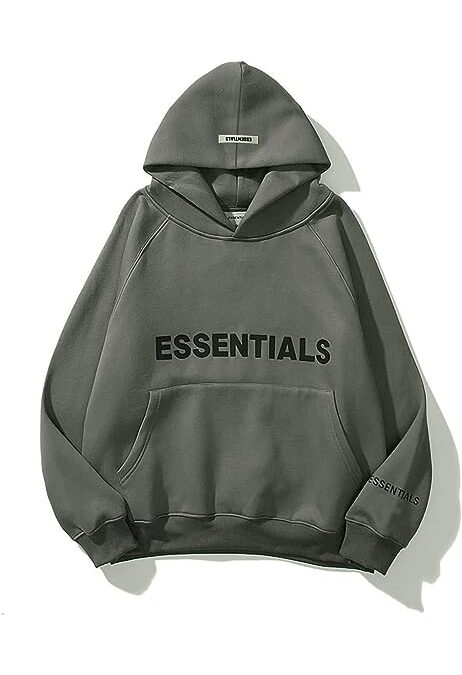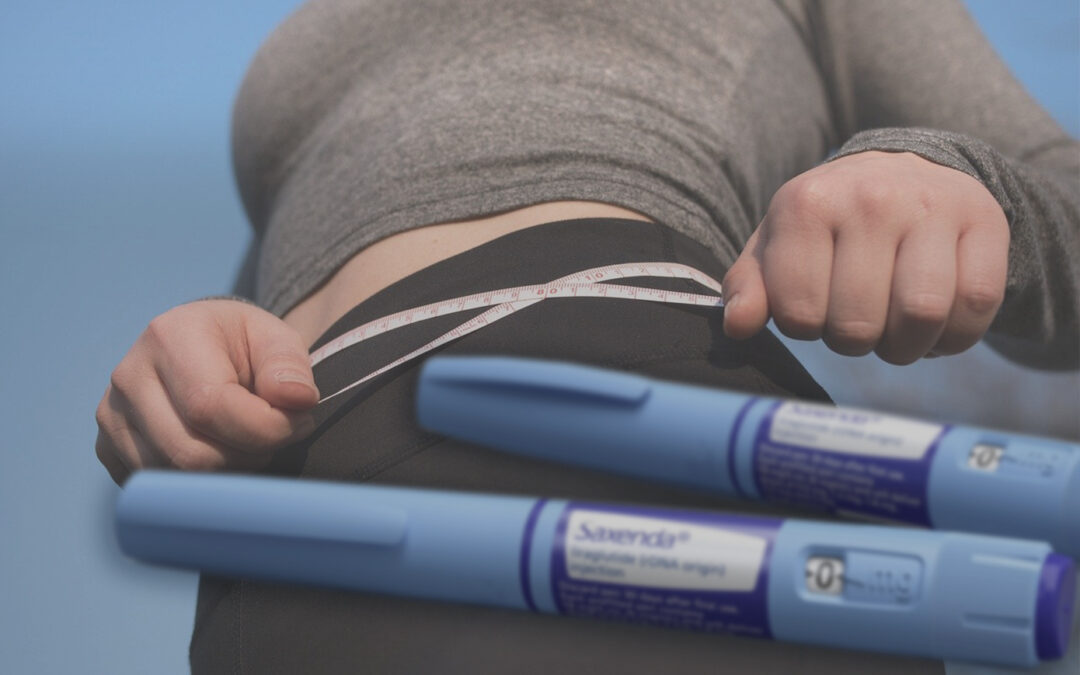A well-crafted press release can be a powerful tool for businesses and organizations to generate buzz, improve brand visibility, and communicate important news. Whether you’re launching a new product, announcing a partnership, or sharing a milestone, the quality of your press release can significantly impact how it is received by the media and your audience. Here are simple ways to craft a winning press release that grabs attention and drives results.
1. Start with a Strong Headline
The headline is the first thing readers and journalists will see. It needs to be concise, clear, and compelling.
- Be Specific: Avoid vague titles. Highlight the key aspect of your announcement in just a few words.
- Use Action Words: Action-oriented language can make your headline more engaging.
- Keep It Short: Aim for 8-12 words to make it easy to scan.
For example, instead of writing “Company Launches New Product,” go for “Tech Innovator Unveils Groundbreaking AI Software.”
2. Craft a Captivating Lead Paragraph
The first paragraph sets the tone for the rest of the press release. It should immediately convey the most important details:
- Who: Who is making the announcement?
- What: What is being announced?
- When: When will or did it happen?
- Where: Where is it happening or relevant?
- Why: Why is this newsworthy?
An effective lead paragraph answers these questions concisely, encouraging the reader to continue.
3. Focus on Newsworthiness
Your press release must offer value to the reader. Journalists look for stories that resonate with their audience. Consider these elements of newsworthiness:
- Timeliness: Share current or upcoming events.
- Relevance: Align your content with industry trends or audience interests.
- Impact: Highlight how your announcement affects the target audience.
- Uniqueness: Emphasize what sets your story apart.
If you’re launching a product, for instance, focus on how it solves a specific problem or meets a need in a way that hasn’t been done before.
4. Use an Inverted Pyramid Structure
The inverted pyramid is a classic structure for press releases, where the most critical information is presented first, followed by supporting details and ending with less important content.
- Top Section: Include the headline and lead paragraph.
- Middle Section: Provide additional context, quotes, and key details.
- Bottom Section: Offer background information or links for further exploration.
This approach ensures readers grasp the essential message, even if they don’t read the entire release.
5. Incorporate Compelling Quotes
Quotes add a personal and human touch to your press release. Use quotes from key stakeholders, such as:
- Company executives
- Product designers or developers
- Partners or collaborators
A good quote adds depth and context, showcasing enthusiasm or insight. For example:
“Our new AI software represents a major leap forward in automation, providing unparalleled accuracy and efficiency for businesses,” said John Doe, CEO of Tech Innovator.
6. Keep It Clear and Concise
Journalists and readers often skim through press releases. Make yours easy to read by:
- Avoiding jargon or overly technical language
- Breaking up large blocks of text into shorter paragraphs
- Using bullet points to highlight key information
Aim for a press release length of about 300-500 words.
7. Use Data and Supporting Facts
Including statistics, numbers, or relevant facts make your press release more credible and impactful. For example:
- “Since its beta launch, the software has improved operational efficiency by 40% for early adopters.”
- “The company has secured partnerships with over 20 industry leaders to enhance market reach.”
Data not only supports your claims but also appeals to journalists who often seek factual backing for their stories.
8. Optimize for SEO
Search engine optimization (SEO) can increase the visibility of your press release online. To optimize your release:
- Incorporate Keywords: Identify relevant keywords your audience is searching for and integrate them naturally.
- Include Hyperlinks: Add links to your website, product pages, or additional resources.
- Write an Optimized Meta Description: Create a short, descriptive summary with relevant keywords.
SEO-friendly press releases are more likely to rank higher in search results, reaching a broader audience.
9. Include a Clear Call to Action (CTA)
Every press release should guide readers toward a specific next step, such as:
- Visiting a website
- Signing up for an event
- Downloading a resource
- Contacting the company
Place the CTA prominently within the press release, either in the main body or at the end.
10. Add Contact Information
Make it easy for journalists or interested parties to follow up by including:
- The name of your media contact
- Their phone number and email address
- Your company’s website and social media links
For example:
Media Contact:
Jane Smith
Media Relations Specialist
Phone: (123) 456-7890
Email: jane.smith@company.com
11. Leverage Multimedia
Visual elements such as images, videos, or infographics make your press release more engaging. Include high-quality assets that:
- Highlight your product or event
- Add context to your announcement
- Are easily shareable
Ensure the media files are properly captioned and include alternative text for accessibility.
12. Tailor Your Press Release for the Audience
Consider the target audience for your press release, whether it’s journalists, industry professionals, or the general public. Customize the tone, style, and content to suit their interests and needs.
For instance, a press release for a tech audience might focus on innovative features, while one for a general audience might emphasize user benefits.
13. Proofread and Edit Thoroughly
A press release with errors can undermine your credibility. Before sending it out, double-check for:
- Spelling and grammatical mistakes
- Clarity and flow
- Factual accuracy
Have a colleague or professional editor review your press release to ensure it’s polished and professional.
14. Distribute Strategically
Getting your press release in front of the right people is as important as crafting it.
- Use a Press Release Distribution Service: Platforms like PR Newswire or Business Wire can expand your reach.
- Target Journalists Directly: Build a media list and send personalized pitches to journalists who cover relevant topics.
- Share on Your Channels: Post the press release on your website, blog, and social media platforms.
15. Monitor Performance
Once your press release is distributed, track its impact using metrics such as:
- Media coverage and mentions
- Website traffic and engagement
- Social media shares
Use this data to refine your approach for future press releases.
Conclusion
Crafting a winning PR Marketing Agency requires attention to detail, clarity, and strategic thinking. By focusing on a strong headline, engaging content, and effective distribution, you can increase the chances of your news getting noticed. Whether you’re a small business or a large corporation, these simple steps will help you create press releases that make a lasting impression.







0 Comments